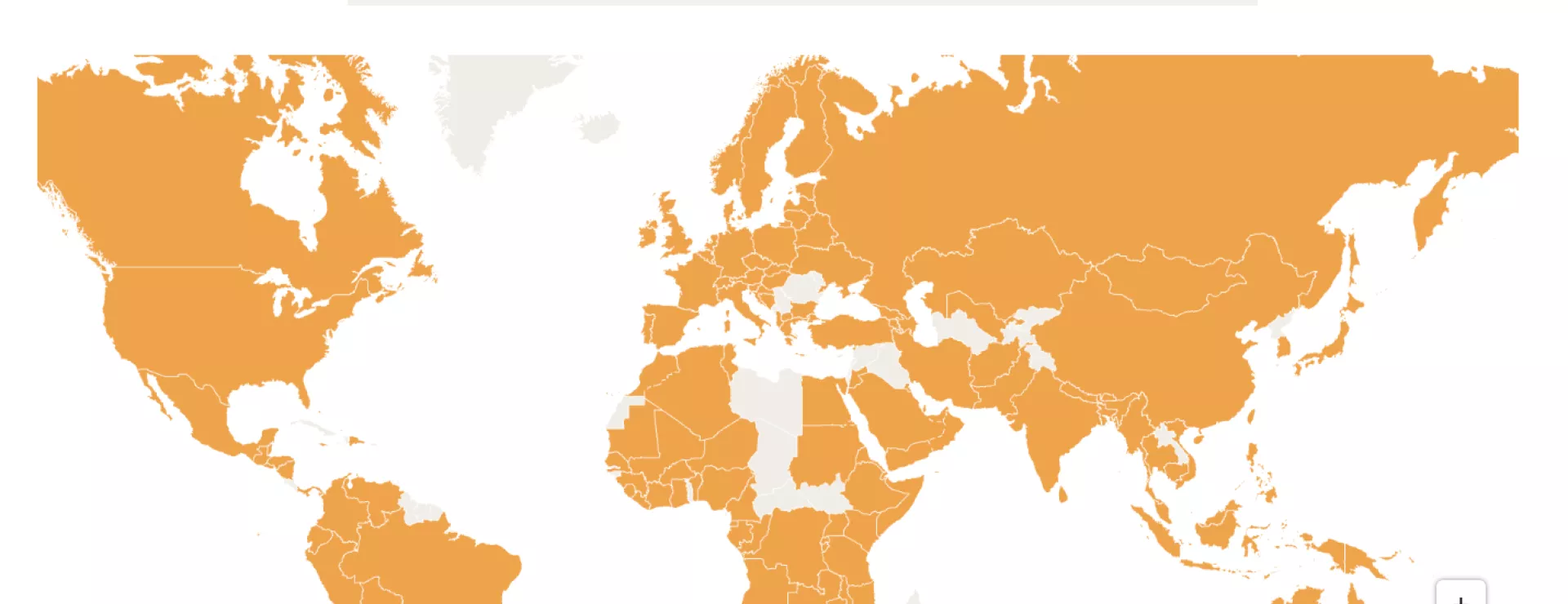It provides a clearer picture of part of the global financial architecture, which is central to building a coalition to shift resources towards sustainable development.
For the first time, we have a clear picture of the number, scope and potential impact of the world’s Public Development Banks and financial institutions. AFD and the Institute of New Structural Economics (INSE) of Beijing University have joined forces to fill gaps in the information available about development financing institutions by creating a comprehensive database on development financing.
They shed light on the identified 527 development financing institutions, their ownership structure and financial heft, as well as their potential contributions to development issues, notably, the Sustainable Development Goals. The database contains information ranging from the institutions’ income levels and mandate to their geographical scope of operations. It’s the result of years of work, beginning with INSE’s inaugural report released in 2019, which included a rich body of research based on first-hand data collection.
The report’s authors Jiajun Xu (INSE’s Executive Deputy Dean), Régis Marodon (AFD’s Senior Advisor on Sustainable finance) and Xinshun Ru (INSE’s Research Director on Development Financing Research) said the INSE-AFD partnership was crucial to the creation of the comprehensive database.
“Building on INSE's inaugural report, INSE and AFD have joined hands by creating synergies between INSE's academic rigor and AFD's rich practical experiences to refine the qualification criteria of PDBs and DFIs, and distinguish them from other institutional arrangements.”
First launched by INSE and AFD last year, the original database counted some 450 Public Development Banks around the world. That number has since risen to more than 500, based on additional research and a refining of the definition of what constitutes a PDB or Development Financing Institution.
The report’s authors have defined five criteria for identifying PDBs and DFIs:
- They are legal entities with a separate financial account, dedicated personnel, and are not established to fulfill specific short-term goals, as distinct from government credit programs, for example.
- They deploy financial instruments such as loans, equity and guarantees rather than grants only.
- Their funding sources go beyond periodic budgetary transfers from governments.
- They proactively pursue a public policy-oriented official mandate in their charters.
- Governments are involved in shaping their corporate strategies: governments initiate or establish DFIs, act as the majority shareholders, sit on the Board of Directors to play a steering role in the development-oriented mandate, or support fund-raising.
Revealing the sustainable side of the finance iceberg
“Applying these five criteria, we have identified 527 PDBs and DFIs worldwide and collected information revealing their vast diversity and economic weight,” says Xinshun Ru, one of the authors of the report, which also highlights that BPDs and DFIs represent $18.7 trillion in aggregated total assets. Together, they contribute an estimated 10% of total global investment.
“We hope our pilot efforts will lay the foundation for rigorous academic research [that can] enhance our understanding of such important public financial institutions and of how they can contribute to building a more sustainable world”, says Professor Jiajun Xu – the Principal Investigator of this database-building project.
“AFD is interested in identifying [public financing institutions] that can form a world coalition to emphasize the importance of incorporating the Sustainable Development Goals into their corporate strategies,” says AFD’s Régis Marodon.
The database and a brand-new data visualization website will be presented at the second edition of the Finance in Common Summit on October 20, 2021, by which time the dataset will be freely available here.
